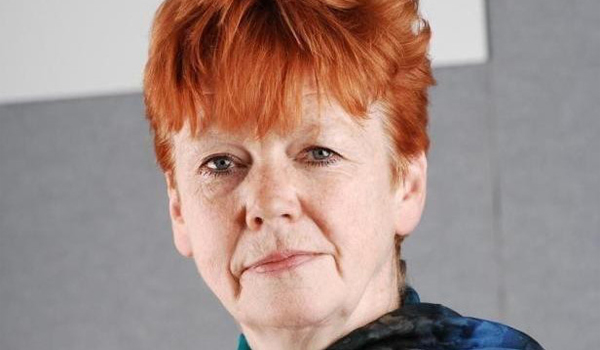Government urged to change drink-driving laws as death figures stall again
Campaigners are demanding a change to the legal drink-driving limit as figures show that the number of related deaths has not changed for four years.
Campaigners are demanding a change to the legal drink-driving limit as figures show that the number of related deaths has not changed for four years.
A Department for Transport (DfT) study released on August 4 revealed that an estimated 240 people were killed in drink-driving related incidents in 2014.
As this figure has failed to fall significantly since 2010, and a similar number is expected for 2015, campaigners including Northumbria police and crime commissioner Vera Baird have urged the Government to reduce the legal blood alcohol limit.
Ms Baird said: I am determined, as ever, that we do all that we can to make our roads safer.
The Government must now show that reducing alcohol-related road death is a priority. They continue to say it is, but they now need to deliver on this priority.
Lowering the limit would also save an estimated £300 million nationally, by reducing the cost to the police and ambulance services and cutting hospital admissions.
RAC road safety spokesman Pete Williams said that adopting the approach taken in Scotland where the limit was recently decreased from 80mg to 50mg per 100ml of blood could help tackle the stubbornly static figures.
He added: We need as a society to break through this plateau and once again consistently reduce needless, alcohol-related road deaths in the coming years.
The drink-drive limit in England and Wales is currently 80mg of alcohol per 100ml of blood much higher than in the majority of countries.
The change to the Scottish drink-drive limit prompted a 12.5 per cent drop in drink-drive incidents in the first nine months.
In June, a Bill to lower the English and Welsh limit to 50mg per 100 ml successfully passed through the House of Lords, but ran out of time to progress further.
However, other campaigners, including road safety charity Brake, have demanded an effective zero-tolerance approach to tackling the crime by reducing the limit to 20mg per 100ml, alongside other measures.
Lucy Amos, research advisor for Brake, said: Through our work with bereaved families, we see the countless lives devastated when someone is killed by a drink-driver, and it is for this reason that Brake is calling for a zero-tolerance drink-drive limit, the reintroduction of casualty reduction targets and greater prioritisation and resources for traffic policing to tackle the problem.
The DfT report also showed that the number of serious injuries where at least one driver was over the limit fell three per cent in 2014 to 1,070, marking the third consecutive annual decrease and the lowest level on record.
The number of casualties of all types fell one per cent to 8,210 also the lowest total on record and the number of all drink drive accidents experienced a similar decline as figures fell to 5,620.
A DfT spokesperson said: Strong enforcement of the drink-drive limit has helped to halve the number of deaths in the last decade.
Last year we introduced tougher laws still to tackle drink-driving. Strict enforcement of these laws, combined with continued education on the dangers of drink-driving, must continue in the years to come.


